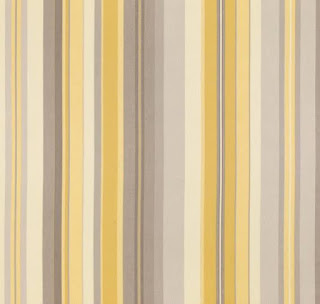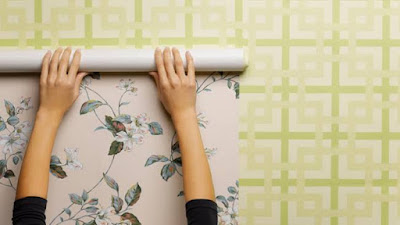- Get link
- X
- Other Apps
Do you want to brighten and finish your living spaces? Are u planning to change the look of any space in your home? Then wallpapers are the right change. Wallpapers comes in variety of colours, styles and textures-depends on your choice.
Here's my real guide in wallpapering your home:
Essentials needed for wallpapering are:
- Wallpapers. Make sure you purchase enough rolls. Measure the width and heights of all your walls, then use a wallpaper calculator(check online, use a tape or download the app at Google app store) to calculate the number of rolls you will need.
- Choose the right kind of texture for the room. Wallpapers comes in different materials, lots of different features to consider, depending on the job and the room. Some are more difficult to hang while some are easy for first time users.
- Vinyl wallpaper. This is the most popular option in wall coverings due to its versatility. It's easy to install, easy to remove and clean.

- Liner wallpaper. This type is made from paper or fibre glass. It is effective for hiding wall defects and minimizing repairs and it can be a base for more delicate wallpaper types it is easy to apply and remove.

- Foil wallpaper. This is made from thin metallic foil and are difficult to hang successfully. It comes in a range of plain colours or patterns screen-printed onto the surface.

- Printed wallpaper. This is the most commonly used wallpaper type. Available in wide varieties of colours and patterns. The digitally-printed wallpaper is normally cheaper than hand-printed, but could be torn easily. Also, the printing ink is water-based, so it shouldn't be used in kitchens and bathrooms.
- Flock wallpaper. This type imitates cut-velvet hangings. Extremely durable but expensive than other Contemporary wallpapers. They are nevertheless good value for money.
3. Choose an appropriate pattern for the room. An horizontal pattern make rooms seem wider. If you have a tall and small room, you can make it seem cozier by using horizontal patterns. Vertical patterns tends to make ceilings seem higher.
4. Wallpaper paste. You can choose to get a self-adhesive wallpaper which is easier to install, or dryback wallpaper, that requires you to purchase adhesive but it's more difficult to use and hang alone.
Starting the wallpapering
- Turn off the electricity and remove wall plates with screw driver. To protect the outlets and yourself. Put small pieces of tape over the outlets and switches enough to cover them. Please ensure you turn off the electricity since you will use water to activate the wallpaper glue.
- Clean the walls. Clean the walls thoroughly and let them dry. It is important to eradicate mildew before hanging wallpapers because it can spread more if wallpaper is hanged on it.
- Smoothen any crack on the walls with putty them wait for it to dry. Then make it smooth with fine-grit sandpaper.
- Choose an area of the wall that has no switches or sockets. If possible start in an area that might not be seen so much when finished. Incase of mistakes.
Hanging the wallpaper
- Measure the length of the wall that needs to be papered. And add about 20cm to the measurements.
- Unroll your paper on a table, then using a tape or calculator and a paper where it needs to be cut. Cut the length of the paper that was measured.
- Apply wallpaper glue to the back if you bought the dry wallpaper. If you are you are using the pre-pasted wallpaper, follow the manufacturer's directions to hang appropriately.
- Line up the paper with the line you drew on the wall. Begin at the ceiling. Carefully line up the wallpaper and press firmly into the wall to secure it. Them gently smooth it down the wall with a clean clothe using gentle strokes. Smooth out from the middle of the paper to the edges. Continue using gentle strokes so as not to cause creases in the paper.
- Using the clothe, push your paper in as far as it can go into the crevices where the paper meets the ceiling and the skirting creating a faint line which will act as a marking to where you will cut away excesses. Continue to hang around the room, matching the pattern appropriately. Align the next piece to the first piece. It is important to match the patterns together as closely as possible, if you are using patterned wallpaper.
- Trim the top and bottom of each piece of paper. Becareful not to tear it.
- Use the cloth to press the wallpaper firmly against the wall. Becareful not to push too hard and squeeze out the glue or adhesive underneath.
- Wipe off excess glue with a sponge after letting the wallpaper set atleast for fifteen minutes, then make sure the seam points are clean and without excess glue.
References
1. https://www.wiki-How.com
2. https://www.dummies.com/home gardens/wall ceilings/tips for choosing wallpapers.
3. https://www. wallcoverings.org/page/type of wall coverings
- Get link
- X
- Other Apps



Comments
Regards,
Okewale Oluwafemi Amos | amosoluwafemi@yahoo.com
Regards,
Olaitan Awonusi | olaitanawonusi@gmail.com